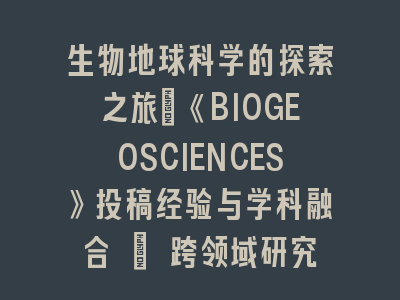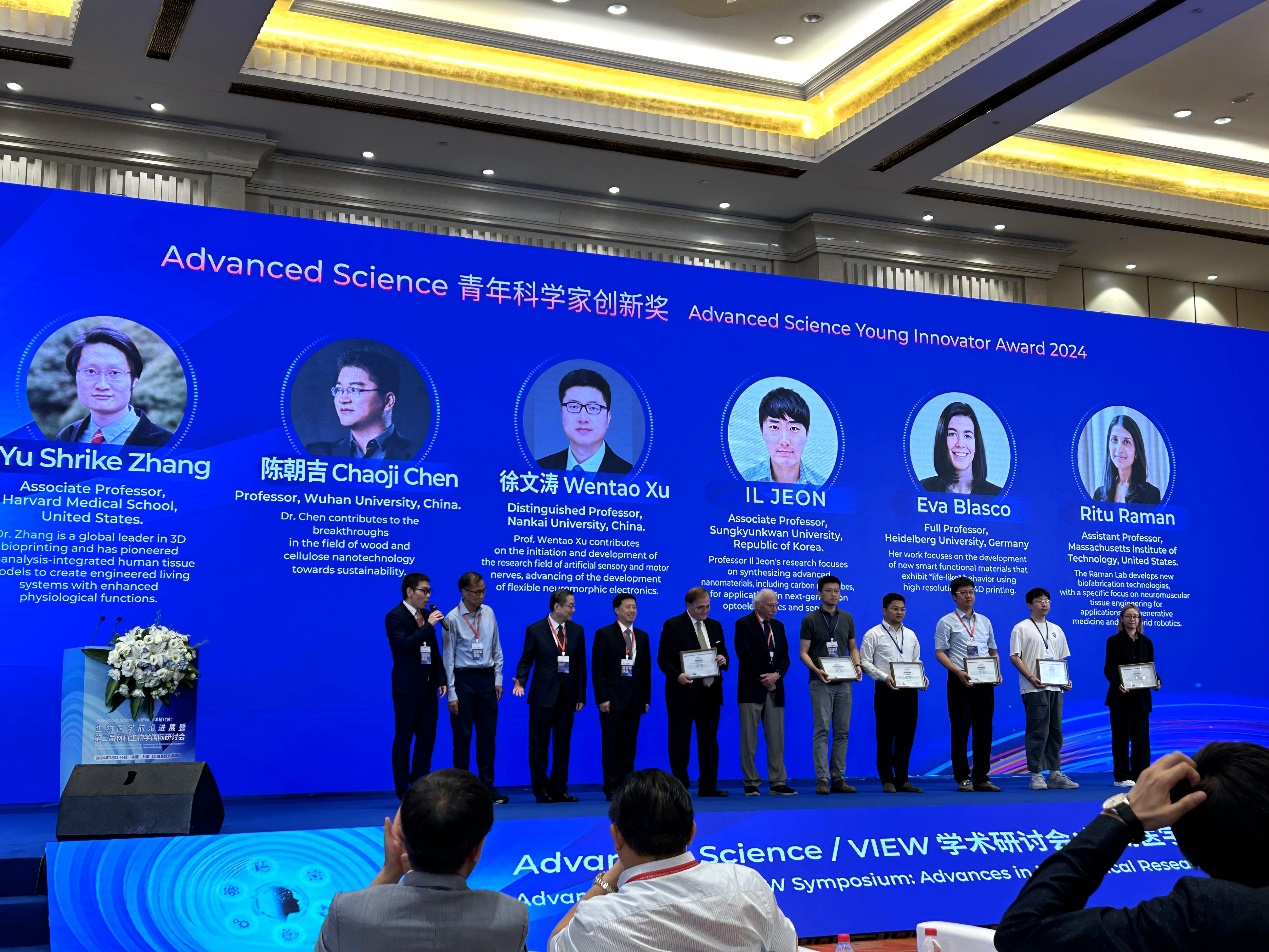一、标准化模板框架

字数分配建议(总字数250-300词):
- Background(20%)
- Gap(15%)
- Methods(25%)
- Results(30%)
- Conclusion(10%)
二、要素详解与句式库
1. Background(研究背景)
核心任务:用1-2句确立研究领域的共识性认知
高分句式:
- “It is well-established that…[公认现象], leading to…[临床/理论后果]”
- “[疾病/问题] affects approximately X% of [人群], resulting in [社会负担]”
案例:
“Alzheimer’s disease (AD) affects over 50 million people globally, with amyloid-β plaques considered a hallmark pathological feature (Nature 2023).”
常见错误:
- 引用陈旧文献(>5年)
- 包含非共识观点(如争议性假说)
2. Gap(研究缺口)
核心任务:用转折词指出关键未知领域
高分句式:
- “However, whether…[机制] contributes to…[表型] remains elusive”
- “A critical unanswered question is how…[因素] regulates…[过程]”
案例:
“However, the spatial heterogeneity of microglial responses to amyloid-β remains poorly characterized, particularly in early-stage AD.”
常见错误:
- 缺口表述模糊(如”few studies”未说明具体缺失)
- 未与Background形成逻辑衔接
3. Methods(研究方法)
核心任务:突出关键技术+研究设计
高分句式:
- “Using [技术], we performed [实验] to…[目的]”
- “A [设计] study was conducted in [样本], with [干预] administered for [时间]”
案例:
“Using spatial transcriptomics on postmortem human brains (n=15 AD vs 10 controls), we mapped microglial gene expression gradients within amyloid-β plaque microenvironments.”
常见错误:
- 罗列常规方法(如”Western blot was performed”无特殊性)
- 未说明样本量/统计方法
4. Results(核心结果)
核心任务:用数据呈现最具颠覆性发现
高分句式:
- “We identified…[发现] (X-fold change, p<0.01), which was associated with…[表型]”
- “Strikingly, [干预] reduced [指标] by X% (95%CI: X-X) compared to controls”
案例:
“Plaque-proximal microglia exhibited upregulated TREM2 (4.2±0.3 vs distal 1.1±0.2, p=0.003) and IL-1β (3.8-fold increase), correlating with synaptic loss (r=-0.72, p<0.001).”
常见错误:
- 仅描述趋势无量化数据(如”showed increased expression”)
- 次要结果喧宾夺主
5. Conclusion(结论)
核心任务:阐明机制/临床意义
高分句式:
- “These findings establish…[机制] as a novel regulator of…[表型]”
- “Our study provides the first evidence that…[发现], offering…[应用价值]”
案例:
“This work reveals microglial spatial polarization as a driver of early AD progression, suggesting TREM2-targeted therapies could preserve synaptic integrity.”
常见错误:
- 结论超出结果支撑范围
- 未呼应Gap中的核心问题
三、顶刊案例拆解
《Nature Medicine》范例:
Background: “Immune checkpoint inhibitors (ICIs) have revolutionized cancer treatment, yet over 50% of patients develop resistance (Smith et al. 2022).”
Gap: “The metabolic reprogramming underlying ICI resistance remains poorly understood, particularly in T cell exhaustion.”
Methods: “We performed single-cell RNA-seq on 32,467 CD8+ T cells from 45 melanoma patients pre/post anti-PD-1 therapy.”
Results: “Resistant patients showed elevated mitochondrial fission (DRP1+ cells: 68% vs 22%, p=0.008), which inversely correlated with IFN-γ production (r=-0.81).”
Conclusion: “Targeting DRP1-mediated fission enhanced ICI efficacy in murine models, proposing a translatable strategy to overcome resistance.”
结构分析:
- 背景→缺口:从临床疗效到机制盲区
- 方法→结果:单细胞技术+明确量化对比
- 结论:直指临床转化
四、AI辅助写作提示词
# ChatGPT提示词模板:
"""
你作为Nature期刊编辑,请按以下要素优化Abstract:
1. Background:当前领域共识(引用1篇高引论文)
2. Gap:指出2个未解决的具体问题(用However/Notably转折)
3. Methods:列出3个关键技术+样本特征
4. Results:包含2个显著性数据(带p值/效应量)
5. Conclusion:关联临床/理论价值
请用英文输出并标注各部分字数占比,最后进行Flesch可读性评分
"""
五、学科适配调整
| 学科 | Background侧重 | Gap特征 |
|---|---|---|
| 临床医学 | 疾病负担/当前疗法局限 | 未满足的临床需求 |
| 基础生物 | 分子机制共识 | 信号通路交叉调控盲区 |
| 材料科学 | 材料性能瓶颈 | 结构-功能关系未知点 |
通过此模板可系统提升Abstract的信息密度与逻辑严谨性。
© 版权声明
本文由分享者转载或发布,内容仅供学习和交流,版权归原文作者所有。如有侵权,请留言联系更正或删除。
相关文章

暂无评论...




















